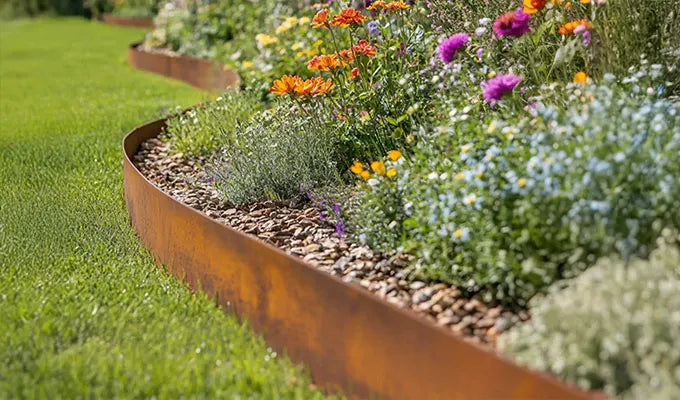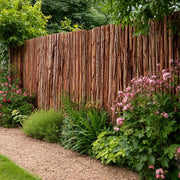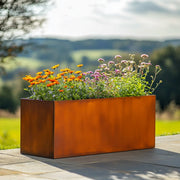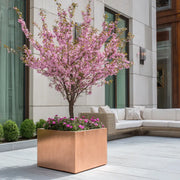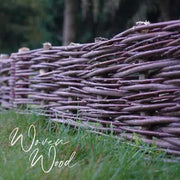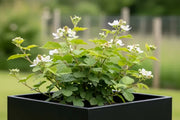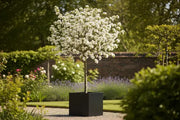The Wonderful World of Quince Trees
The quince tree (Cydonia oblonga) is a delightful addition to any British garden, offering a unique blend of ornamental beauty and delicious, fragrant fruit. Hardy and remarkably resilient, these trees thrive across much of the United Kingdom, perfectly suited to our temperate climate. For centuries, quince trees have graced English orchards and cottage gardens, their presence adding a touch of traditional charm and seasonal interest to the landscape. They tolerate a variety of soil types, though they perform best in fertile, well-drained conditions.
Beyond their practical uses, quince trees are highly ornamental. In late spring, they burst into a spectacular display of large, pale pink to white, cup-shaped blossoms, which are a magnet for pollinators. As autumn approaches, these give way to fascinating, hard, bright golden-yellow fruits that hang like jewels from the branches, emitting an incredibly rich and sweet aroma. Even in winter, the gnarled and interesting branching structure provides architectural interest, making the quince a year-round asset to the garden.
For those with smaller gardens or a desire for versatility, quince trees can be successfully grown in large planters. Choose a dwarf or semi-dwarf variety and select a sturdy container of at least 60cm (24 inches) in diameter to allow ample room for root development. Ensure the pot has good drainage holes and use a high-quality, free-draining potting compost. Trees in containers will require more frequent watering and feeding than those in the ground, especially during dry spells, and their roots may benefit from some insulation or protection during exceptionally harsh winters.
Growing a quince tree is a rewarding endeavour. They prefer a position in full sun to partial shade, ideally in a sheltered spot that protects the blossoms from strong winds. While adaptable, a fertile, well-drained soil is best. When planting a bare-root tree, do so between late autumn and early spring, ensuring the root collar is level with the soil surface. Container-grown quinces can be planted at any time of year, provided the ground isn't frozen or waterlogged.
Watering is crucial, particularly for young trees and those in pots; aim for consistently moist, but not waterlogged, soil. A balanced fertiliser can be applied in early spring to encourage healthy growth and fruit production. Pruning is generally minimal, focusing on removing any dead, diseased, or crossing branches to maintain an open structure and good air circulation. Formative pruning can be done in the tree’s early years to establish a strong framework, and light thinning of fruit may improve the size and quality of the remaining crop.
Quince trees typically begin to flower in late April or early May, after the risk of most severe frosts has passed, which is an advantage over some earlier-flowering fruit trees. The fruits then develop throughout the summer, ripening in late autumn, usually October or November. At this stage, they turn a deep golden-yellow and their characteristic perfume becomes pronounced. Unlike apples or pears, quinces are rarely eaten raw due to their hard, astringent flesh, but they are transformed into culinary delights when cooked, making superb jellies, jams, crumbles, and tarts, or simply roasted with meats.






